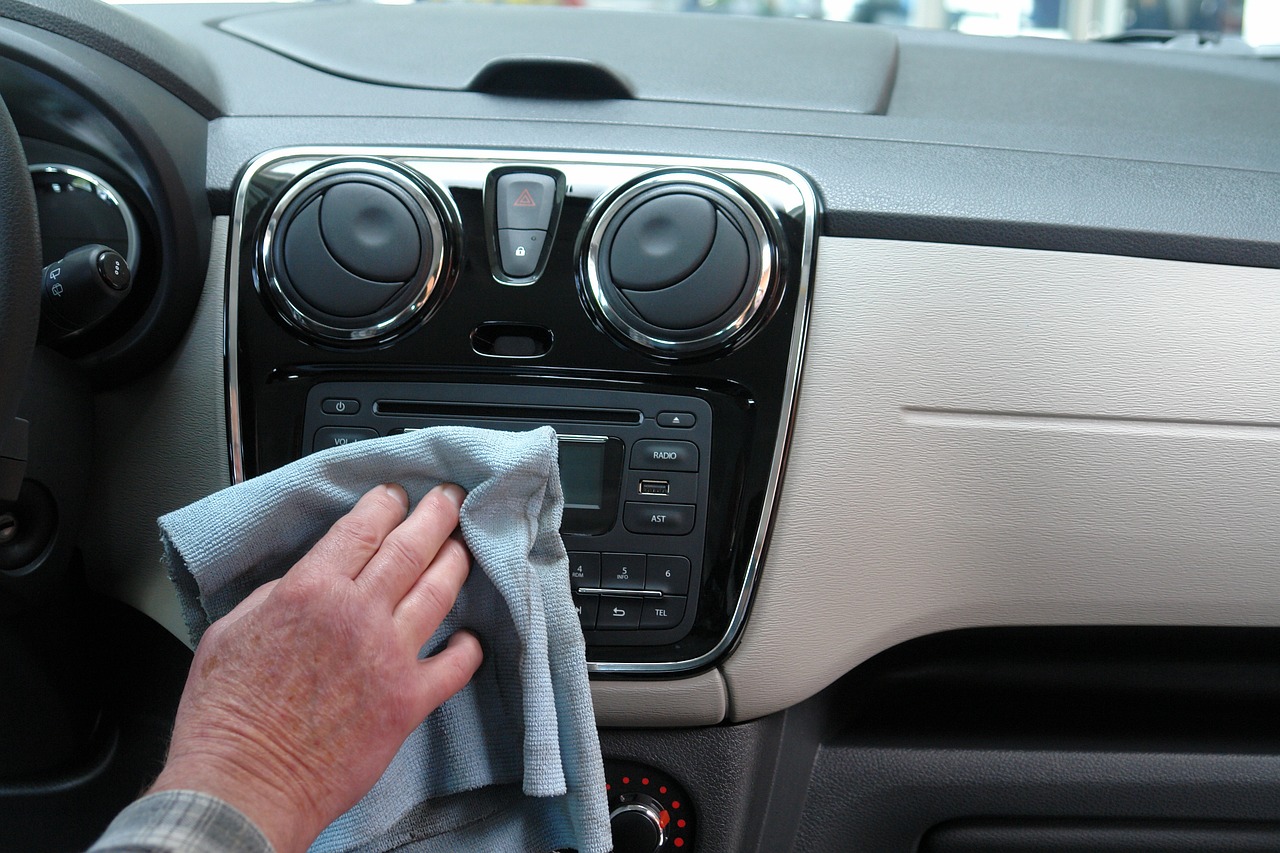
How to Properly Care for Your Car in the Autumn Season
Every motorist aims to provide proper care for their car, extending its service life and reducing additional maintenance costs. The changing seasons introduce unique challenges, particularly with the onset of autumn. Colder weather necessitates specific maintenance tasks that not only preserve the vehicle but also enhance safety on the road. Here are some comprehensive tips for car care during the fall season, helping you avoid potential issues on the road.
Adapting Driving Habits for Autumn
As temperatures drop and precipitation becomes more frequent, motorists need to adjust their driving habits. It’s essential to shift from fast driving with sharp braking to more moderate and smooth driving. This change reduces the likelihood of emergencies caused by not accounting for autumn weather conditions.
Temperature fluctuations and increased humidity often result in reduced visibility. To ensure safe driving in the fall, it’s crucial to check and replace various car components, including the cabin filter. This filter usually wears out during the warm season, leading to window fogging as the weather cools. Replacing the cabin filter can prevent this issue, ensuring clear visibility.
Headlight and Lighting Adjustments
Another important task for autumn car maintenance is adjusting your headlights and lighting. Changing the current settings is necessary to maintain visibility during rain or fog. Pay particular attention to the low beam system. If you haven’t replaced light elements recently, now might be a good time to do so.
Windshield Wiper Maintenance
Installing new windshield wiper blades is a wise decision for fall. Over time, wiper blades can become worn, leading to streaks or even scratches on the glass. While replacing just the rubber bands can save money, installing new blades is often more effective. Modern options include wiper heaters, which are particularly useful as temperatures drop, helping to quickly remove ice from the windshield.
Use of Auto Chemicals
Cold weather also calls for specific auto chemicals labeled for the season. Products like “anti-rain” or “anti-fog” can significantly improve comfort and safety during your drive. Besides glass care, auto chemicals protect the car’s body. Throughout the year, the body is exposed to sand, pebbles, and stones, causing potential damage. Using protective products forms an invisible layer that shields the body from such elements.
Protecting Your Car from Moisture
Moisture becomes a major concern in autumn, often accumulating in various car openings, leading to potential damage. Special attention should be paid to the bottom of the vehicle. Using protectors can prevent the bumper and sills from rotting, preserving the car’s integrity.
Choosing the Right Tires for Autumn
Experienced motorists know the importance of switching from summer to winter tires. Winter tires are denser and harder, designed for colder conditions, while summer tires remain softer, making them less effective as temperatures drop. The optimal time to switch to winter tires varies by climate zone but generally occurs when the average daily temperature drops below 7 degrees Celsius.
The choice of tires depends on the tread pattern, designed for specific conditions. Winter tires feature larger blocks with deep sipes for better traction on icy roads, crucial for effective braking. However, this pattern can reduce handling and increase noise on dry roads.
Alternatively, all-season tires offer a compromise, saving time on seasonal preparations. These tires have not as deep sipes and an unusual tread direction to efficiently remove fluid, reducing hydroplaning risks. However, all-season tires are generally less effective than specialized summer or winter tires.
Additional Fall Car Preparation Tips
Autumn is also the season for falling leaves, which can clog the radiator grille or windshield wiper compartments. Regularly remove leaves and other debris to maintain proper air intake and wiper function.
Checking Washer Fluid
Ensure the washer fluid level in the windshield wiper reservoir is adequate. As wet weather increases, maintaining this fluid level is essential for clear visibility.
Battery Condition
Autumn’s damp weather demands more from your car’s air conditioner, putting additional strain on the battery. Check the battery’s condition and consider replacing it if it’s been in use for an extended period.
Trunk Clean-Up
Clear out the trunk of summer items that are no longer necessary. Keeping the trunk organized helps with vehicle efficiency and ensures you have space for seasonal essentials.
Maintaining Tire Pressure
Colder temperatures can cause tire pressure to drop. Regularly check and maintain optimal tire pressure to prevent higher fuel consumption and potential accidents.
Interior Care for Autumn
The car’s interior also requires attention. Increased external dampness can lead to excess moisture inside the vehicle, causing discomfort and potential health issues. Use appropriate textile mats with high moisture absorption and treat panels and upholstery with protective agents. Remove any foreign liquids promptly and ensure the climate control systems are functional.
Conclusion
Proper car care during the autumn season involves a comprehensive approach, from adjusting driving habits and performing specific maintenance tasks to using appropriate products and paying attention to both exterior and interior elements. By taking these steps, motorists can ensure their vehicles remain in excellent condition and enjoy safe, comfortable driving throughout the colder months.
